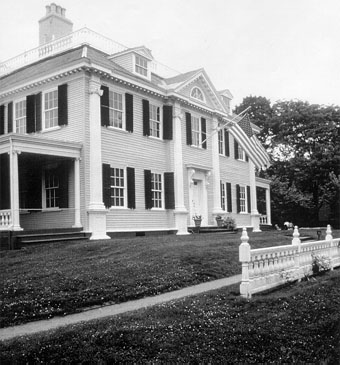







|
Literature Longfellow National Historic Site Longfellow National Historic Site is an outstanding example of a historic site representing the themes of arts and literature. For almost half a century (1837-1882) this was the home of one of the world's foremost poets, scholars and educators, Henry Wadsworth Longfellow. Longfellow House is also significant in America's colonial history. General George Washington, Commander-in-Chief of the newly-formed Continental Army, headquartered and planned the Seige of Boston here between July, 1775 and April, 1776. In 1962, Longfellow House was designated a National Historic Landmark and became a unit of the National Park System a decade later. Henry Wadsworth Longfellow enjoyed enormous popularity during his lifetime and continues to influence our cultural and historical perceptions. He and his immediate and extended family and friends played a central role in the intellectual and artistic life of nineteenth century America and are credited with shaping a distinctly American identity and culture. Longfellow House was a favorite gathering place for many prominent philosophers and artists including Ralph Waldo Emerson, Nathaniel Hawthorne, Julia Ward Howe, and Charles Sumner.
Related Links: |
Home
|
NPS History
|
Park Histories
|
Historical Themes
Maritime
|
Research and Education
|
Oral History
Privacy & Disclaimer
Last Modified: Tues, May 22 2001 08:47:54 am EDT
